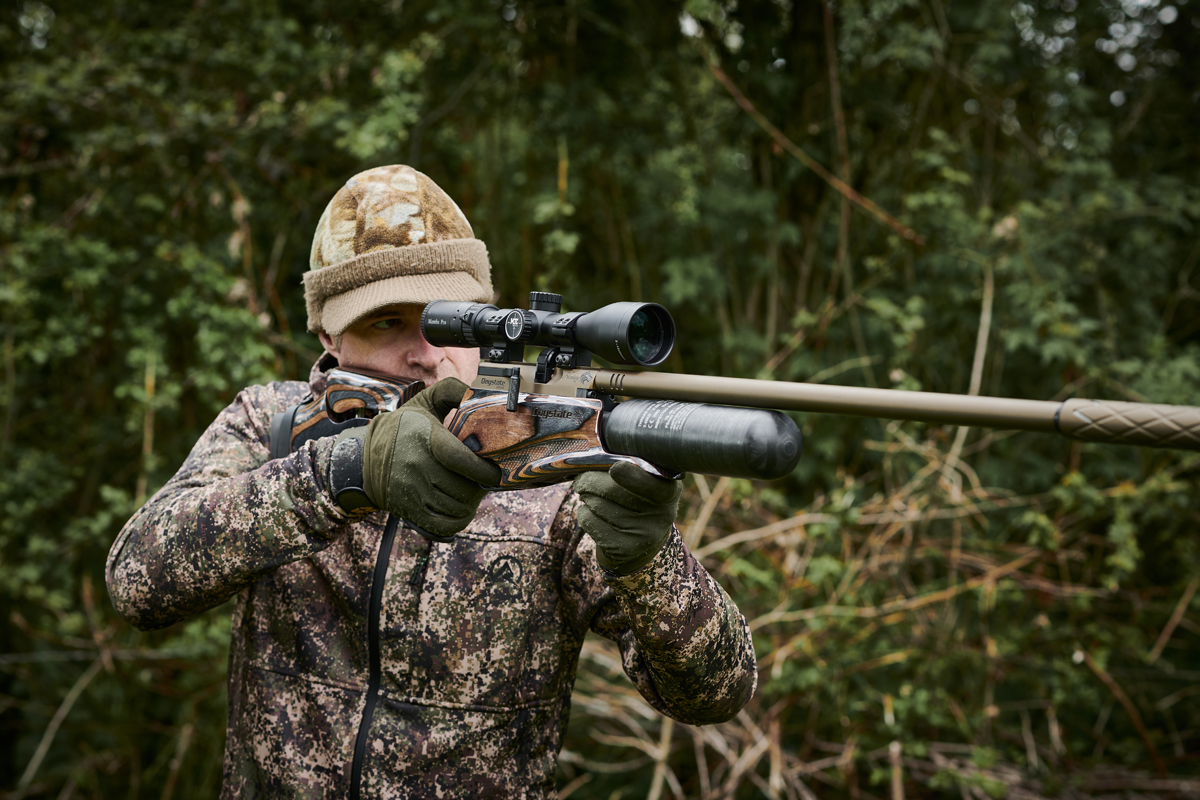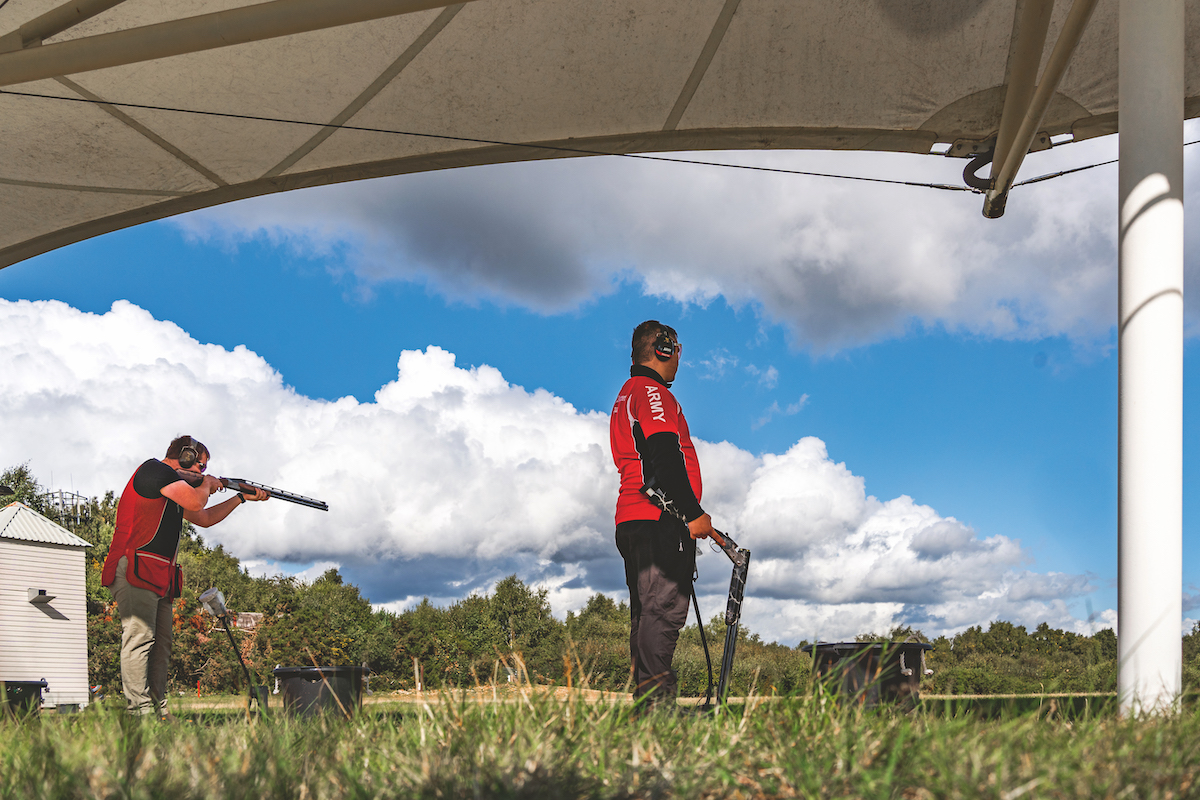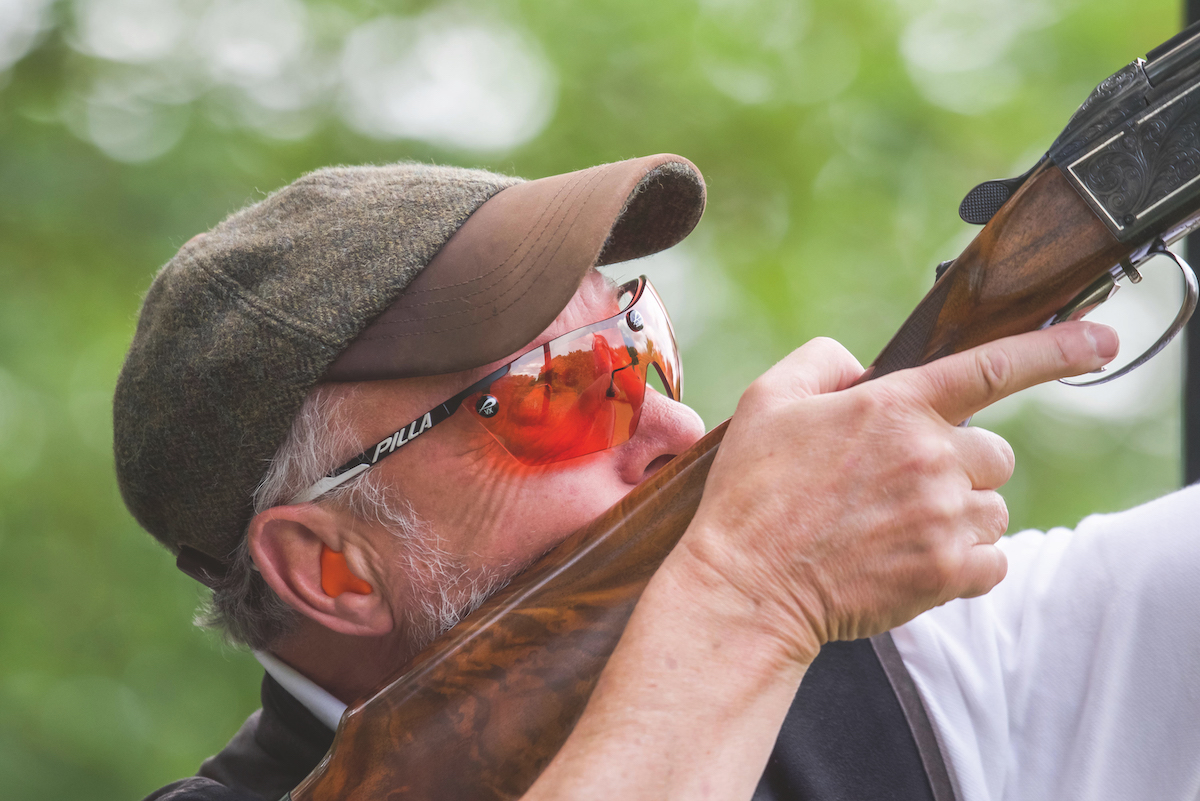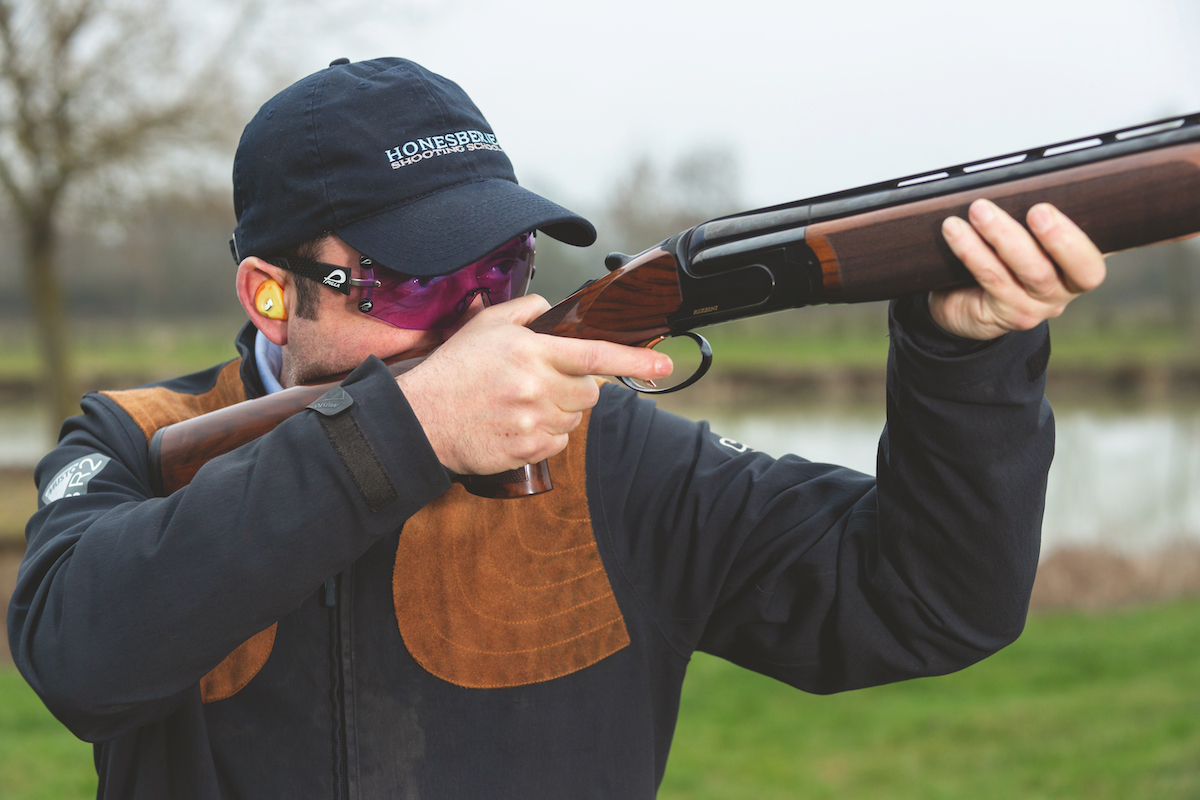How to shoot an air rifle more accurately
Is your airgun accuracy not as spot on as you'd like it to be? Here's how to improve it.

If you’re like most airgunners then you’d probably like to be able to shoot your air rifle more precisely. The good news is that there are plenty of things you can do to improve your airgun accuracy. So let’s run through them.

Remember to practice the stances that you’re likely to be using most on your shooting trips.
1. Does your airgun fit you?
You’re not going achieve airgun accuracy unless you are looking straight down your scope. To achieve that you need a gun that fits you properly so go out and try a few. (Read our tips on buying an air rifle.)
If your air rifle is too large and weighty for you then your shooting won’t be precise. On the other hand a gun that’s too small will make you feel cramped.
If you can manage a heavier gun then that’s good. They’ll absorb the recoil better and are less likely to drift off aim as you touch the trigger.
Look out for an air rifle with an adjustable stock which will let you fiddle around with the fit. Mount the air rifle with your eyes closed and tuck yourself in so it feels comfortable. Then open your eyes and you should see what changes need to be made to achieve correct alignment.
2. Is the trigger set correctly?
The trigger on your air rifle should be crisp and predictable with no hint of creep. It shouldn’t be set dangerously light nor should it be so heavy that you pull the cross-hairs off aim as you heave it towards breaking point.
- Only the pad of your finger should be in contact with the blade.
- As the cross-hairs settle, push back through the first stage until you feel the trigger stop.
- When the shot is good, touch off the second stage to send the pellet on its way.
- Stay on aim and try to keep your sights trained on the target until the pellet hits home.

The telescopic sight on your airgun must be mounted securely, the right distance from your eye and with the vertical reticle dead upright.
3. Check your scope mount
- Scope mount can make the difference between airgun accuracy and inaccuracy.
- Use good-quality mounts. Make sure they have the right diameter rings to fit the tube of your scope and are the correct height for comfortable eye/scope alignment.
- It is vital to get eye relief — the gap between the rear lens and your eye — correct. Attach the scope but only tighten the screws loosely, then mount the gun with your eyes closed. This will stop you adjusting your head position to suit. Open your eyes and you will see whether the scope needs to be moved backward or forward to achieve a good sight picture.
- Before you tighten up the screws, make sure that the vertical cross-hair is dead upright. So many airgunners forget this but it is crucial for ensuring that the pellet’s flightpath remains in correlation with the reticle. (Read more on zeroing an air rifle scope.)

Airguns are fussy about pellets
4. Check your pellets
Airguns are fussy about pellets. Try a few out to see which works best in yours – what works in one won’t work so well in another. If you’ve spent good money on a decent airgun then don’t use cheap ammunition. You can get decent pellets for about 3p each – it’s false economy to downgrade. For airgun accuracy, the classic domed or roundhead design turns in the best results and performs well on live quarry. (Read how to pick the perfect airgun pellet.)
Once you have found a pellet that gives good results, stick with it. Some shooters use cheap ammo to practise and save their premium rounds for hunting. This is a waste of time because your aim points are almost certain to shift when you switch between brands.
Some airgun manufacturers produce sample packs so you can test different pellets without committing yourself to full tins. You can tighten up your groups even more by experimenting with head sizes. (How to wash, size and weigh your air rifle pellets for better accuracy.)

Paper targets reveal exactly where pellets are striking, enabling you to make the right adjustments to keep them on target.
5. Practice really does improve skills
- Spending hours on end punching holes in paper targets can hardly be described as exciting — but it really does make a huge difference to airgun accuracy. (Read our list of the best air rifle targets for setting up a range at home.)
- You won’t shoot to your optimum if you are not familiar with your kit and practising on the club or garden range is the best way to build that familiarity. (Read our guide to garden airgunning.)
- Paper and card targets enable you to see exactly where pellets are striking. Set them out at varying ranges and you can see exactly how high or low shots strike as they travel downrange. This information will enable you to work out correct aim-off to ensure that the pellet still hits the mark either side of your set zero range.
- Don’t fall into the trap of only practising from an easy stance. It is pleasant, and worthwhile, shooting strings of tight groups when you shoot rested from a bench, but you rarely get that sort of luxury in the field. Try to practise from standing, kneeling, sitting and prone stances, too — it will come in handy when targeting live quarry.
Air rifle shooting positions
How to shoot an air rifle standing
Standing shots are tricky. You’re shifting your weight to stand straight (and you could well be buffeted by the wind as well). This is probably why most air rifle hunters only take standing shots at close range. But practice and you will improve and end up with more quarry in the bag. This is particularly true of locations when you’re unable to kneel or sit due to low cover – which often happens when stalking rabbits. (Read rabbiting with air rifles.)
Kneeling shots
Shooting when kneeling is stable, fairly easy to adopt and also provides reasonable clearance of ground obstacles. When you are kneeling, tuck the elbow of your leading hand over your knee or behind it if placed directly on the flat surface of your knee. Otherwise the hard, round point of your elbow will roll all over the place, making it very difficult to hold a steady aim.
Sitting shots
A sitting stance is good static shooting, such as ambushing quarry from a hide, but is usually too much hassle to bother with when stalking. Keep your elbows just behind or in front of your knees to keep you on target.
Lying flat
The most stable and accurate stance is when you lie flat on your stomach (nettles, weather and vegetation view permitting). In this position you should be able to pick off rabbits out to 40m with a 12ft/lb air rifle in windless conditions.
Leaning shots
Previous generations would envy our choice of modern precharged airguns. Their lack of recoil means you can take leaning shots without the risk of unpredictable recoil sending pellets astray. Make the most of leaning on a tree, gate or fence to improve your chances of putting the shot just where you want to.
Spring-powered airguns don’t shoot as well as PCPs when rested because of the aforementioned kick. Lean them on a hard surface such as a fence rail, and the point of impact bounces away from where it was when the gun was supported by your hand. However you can still lean your arm or shoulder against trees, gates and fences to help steady the shot — just make sure the gun is cradled in the same way so the recoil can follow its usual course.
How to hold your air rifle steady
Hold your air rifle lightly. If you hold it tight you will put your muscles under more pressure and they will complain by twitching and making you wobble. A gentle hold is even more important if you shoot a spring-powered or gas-ram airgun. Shockwaves from the moving parts that create the blast of air which drives the pellet are still in effect as the projectile travels down the barrel. There’s nothing you can do to stop this recoil, so you have to manage it. Hold your airgun with a light, consistent grip every time and the movement will follow the same course for every shot, thus ensuring that the pellet always follows the same path.

Fitting your air rifle with a bipod is a brilliant way to eliminate wobbles and improve long-range accuracy.
Using bipods, tripods and shooting sticks
These are invaluable if there are few natural rests around. The difference they make to downrange accuracy is amazing, especially if you shoot a recoil-less precharged airgun.

Practising on the garden range may feel like a chore at times but it will teach you a lot about your setup.
Questions about airgun accuracy
Q: I have recently switched from a sub-12ft/lb air rifle to an FAC-rated pre-charged model producing muzzle energy of around 40ft/lb and my results have so far been very disappointing.
My old air rifle is capable of grouping pellets within half an inch at 30m, whereas the high-powered one is struggling to group within two inches at that range. I was hoping that the extra power would increase my hunting range, but it’s going to be useless unless I can improve its accuracy. Do you have any advice?
A: Assuming that it is functioning correctly, a modern FAC-rated pre-charged air rifle should be able to consistently group pellets inside a one-inch circle out to 50m so it certainly sounds like there’s a problem with your setup.
It is possible that you have a misaligned silencer and pellets are being pushed off course as they clip it, but I think the lack of accuracy is more likely to be down to your choice of ammunition.
The extra muzzle velocity generated by high-powered air rifles, especially those churning out in excess of 30ft/lb, tends to cause standard weight pellets to fly inconsistently, so make sure you’re using heavyweight ammunition that has been designed for the job. It also pays to experiment with a few different brands.









